
Introducing Bell & Ross Unveils the BR-X3 Collection
Welcome to the hub of the horoloy
The first watch with a case fully manufactured from solid meteorite
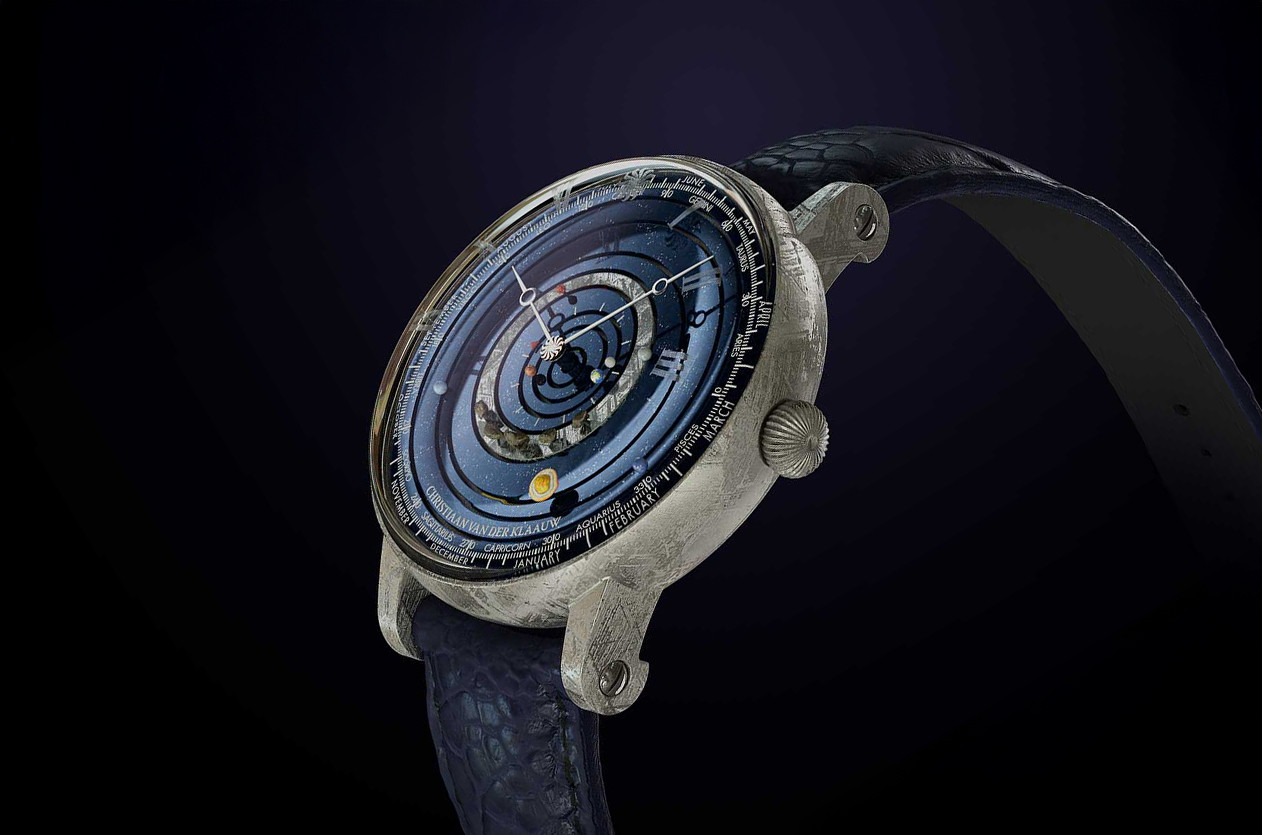
Founded in 1974, Christiaan van der Klaauw is a Dutch brand devoted exclusively to astronomical complications. The brand’s intricate micro-planetaria and moonphase displays have long honored the legacy of Dutch scientists. Since 2009, it has elevated its craftsmanship to new heights, earning multiple awards along the way.
 But nothing in its portfolio quite compares to the Grand Planetarium Eccentric, which debuted last year to celebrate the brand’s 50th anniversary. That watch was already a marvel, being the first mechanical timepiece to display the movements of all eight planets in the solar system, each in an eccentric, real-time orbit around the sun.
But nothing in its portfolio quite compares to the Grand Planetarium Eccentric, which debuted last year to celebrate the brand’s 50th anniversary. That watch was already a marvel, being the first mechanical timepiece to display the movements of all eight planets in the solar system, each in an eccentric, real-time orbit around the sun.
 This year, the brand presents the most spectacular version yet, the Christiaan Van Der Klaauw Grand Planetarium Eccentric Meteorite with a case crafted from a 1.09 kg block of meteorite, an iron-nickel. This marks the first time in watchmaking history that an entire case, not just a dial or decorative ring, has been manufactured from solid meteorite.
This year, the brand presents the most spectacular version yet, the Christiaan Van Der Klaauw Grand Planetarium Eccentric Meteorite with a case crafted from a 1.09 kg block of meteorite, an iron-nickel. This marks the first time in watchmaking history that an entire case, not just a dial or decorative ring, has been manufactured from solid meteorite.
 The material’s unpredictable hardness caused multiple tungsten-carbide drills to fail during CNC machining. From the original kilogram, only two complete cases were successfully produced, each weighing 47 grams. A third attempt failed due to the material’s porosity. The result, however, is extraordinary: a texture formed over millions of years that shimmers with an otherworldly light. The case measures 44 mm in diameter and 14.3 mm in thickness, and is paired with a meteorite-and-sapphire crystal caseback and a double-domed sapphire crystal on top.
The material’s unpredictable hardness caused multiple tungsten-carbide drills to fail during CNC machining. From the original kilogram, only two complete cases were successfully produced, each weighing 47 grams. A third attempt failed due to the material’s porosity. The result, however, is extraordinary: a texture formed over millions of years that shimmers with an otherworldly light. The case measures 44 mm in diameter and 14.3 mm in thickness, and is paired with a meteorite-and-sapphire crystal caseback and a double-domed sapphire crystal on top.
 The dial features a meteorite ring containing five nakhlite meteorite fragments, ejecta from ancient volcanic eruptions on Mars, making them among the rarest meteorites known. These are set between the orbits of Mars and Jupiter, symbolizing the asteroid belt. Surrounding this are eight hand-painted planets and a revolving sun, set against a backdrop of aventurine glass that evokes the cosmos.
The dial features a meteorite ring containing five nakhlite meteorite fragments, ejecta from ancient volcanic eruptions on Mars, making them among the rarest meteorites known. These are set between the orbits of Mars and Jupiter, symbolizing the asteroid belt. Surrounding this are eight hand-painted planets and a revolving sun, set against a backdrop of aventurine glass that evokes the cosmos.
 What sets this planetarium apart is its accuracy and realism. The planets orbit in real time according to their actual orbital periods, Neptune, for instance, takes 165 years to complete one revolution, while Mars takes 686.98 days. The movement doesn’t merely mimic astronomy, it reflects it, with eccentric orbits and true-to-scale planetary motion.
What sets this planetarium apart is its accuracy and realism. The planets orbit in real time according to their actual orbital periods, Neptune, for instance, takes 165 years to complete one revolution, while Mars takes 686.98 days. The movement doesn’t merely mimic astronomy, it reflects it, with eccentric orbits and true-to-scale planetary motion.
 Powering the watch is the new Caliber CKM-01, developed in collaboration with Swiss manufacturer Uhrteil AG. It’s an automatic movement beating at 21,600 vph (3 Hz), with a 60-hour power reserve. The movement features star-shaped bridges, a skeletonized architecture, and a gold-plated brass rotor, all hand-finished.
Powering the watch is the new Caliber CKM-01, developed in collaboration with Swiss manufacturer Uhrteil AG. It’s an automatic movement beating at 21,600 vph (3 Hz), with a 60-hour power reserve. The movement features star-shaped bridges, a skeletonized architecture, and a gold-plated brass rotor, all hand-finished.
The Grand Planetarium Eccentric Meteorite is fitted with a dark blue leather strap and a platinum folding clasp. It is limited to just three pieces, though only two have been completed, and both are believed to be sold. The third awaits the right piece of meteorite. The price is EUR 700,000, approximately AED 2,930,000, more than double the cost of the rose gold (€208,000) and platinum (€227,000) versions.
For more information, visit Christiaan van der Klaauw’s official website.
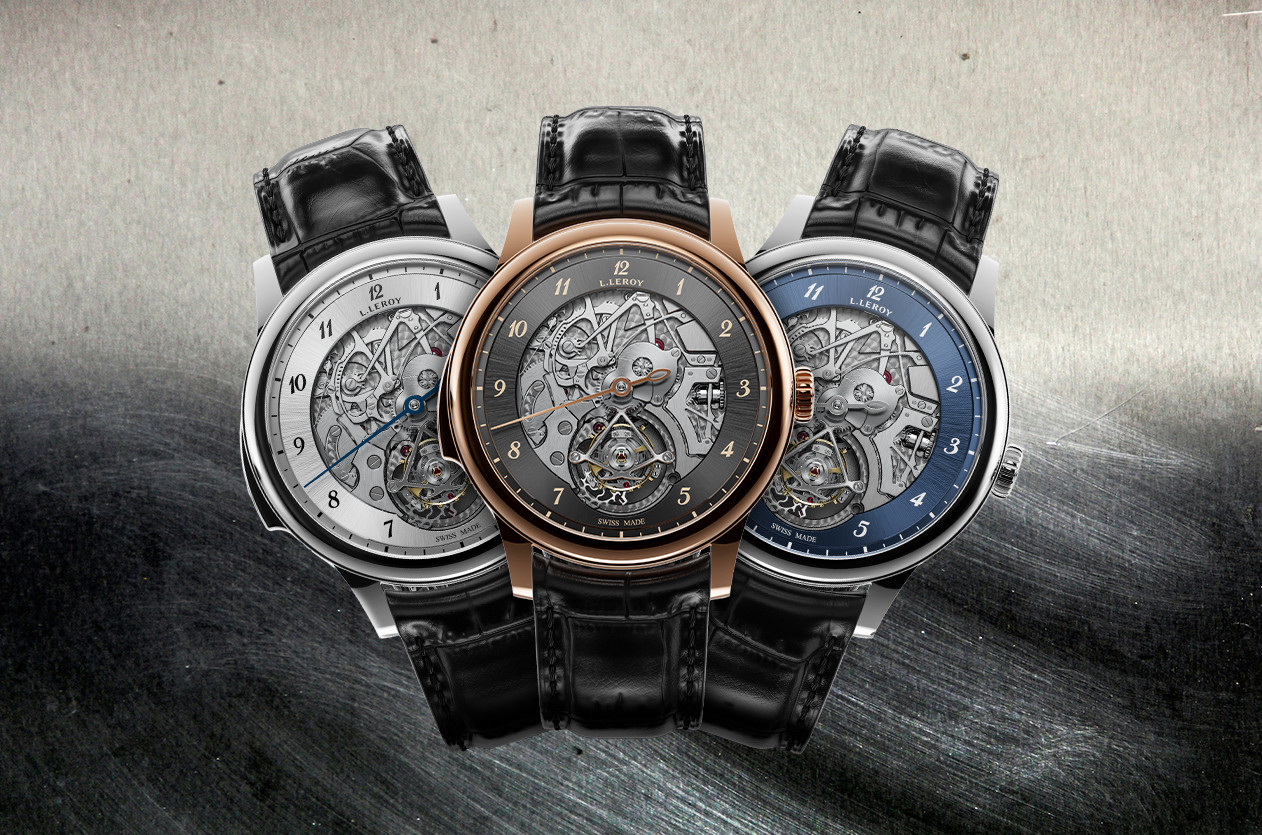
Introducing L.Leroy Unveils the Osmior “Bal du Temps”
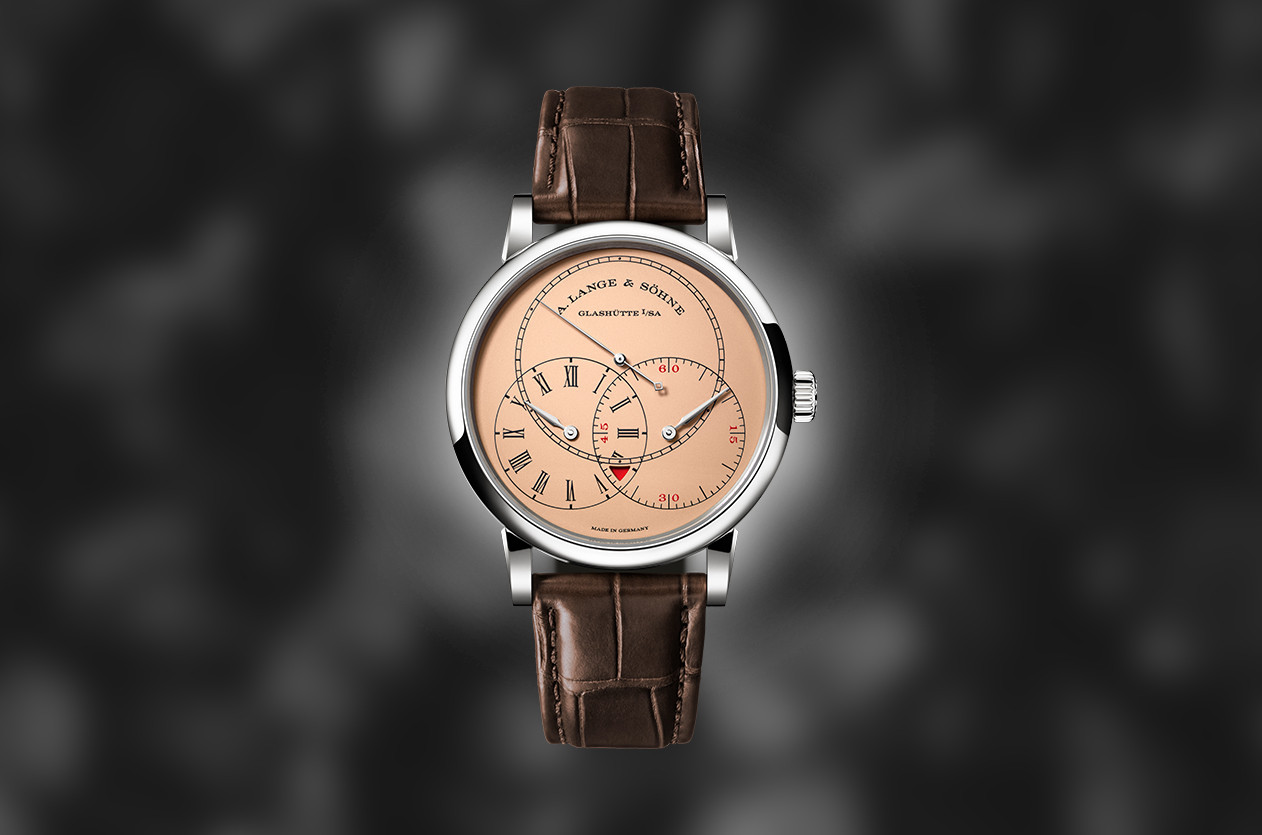
Introducing The New A. Lange & Söhne Richard Lange Jumping Seconds

Hands on The Summit Collection: A Strong First Step for New Brand Earthen
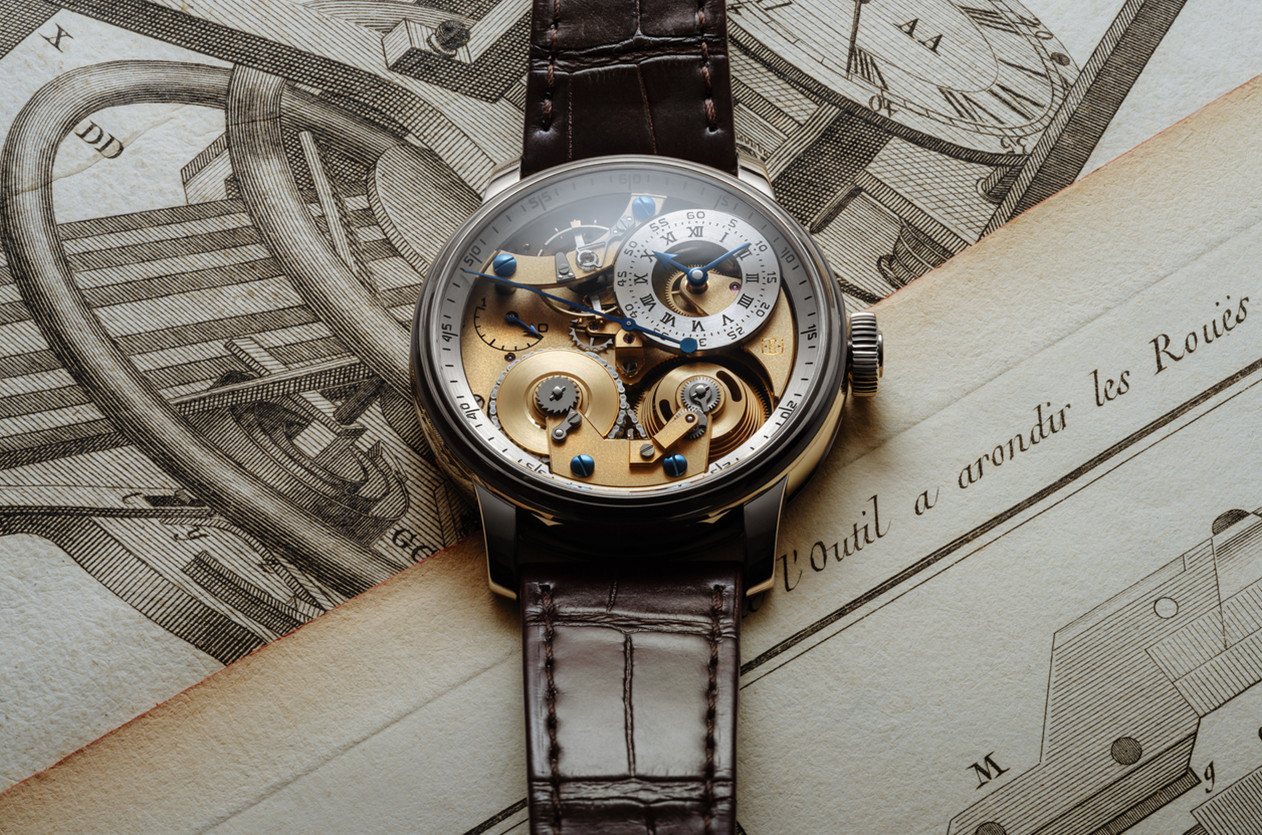
Introducing Naissance d’une Montre 3, Ferdinand Berthoud’s Masterpiece for the Tenth Anniversary

News Trump Hits Swiss Imports With 39% Tariffs
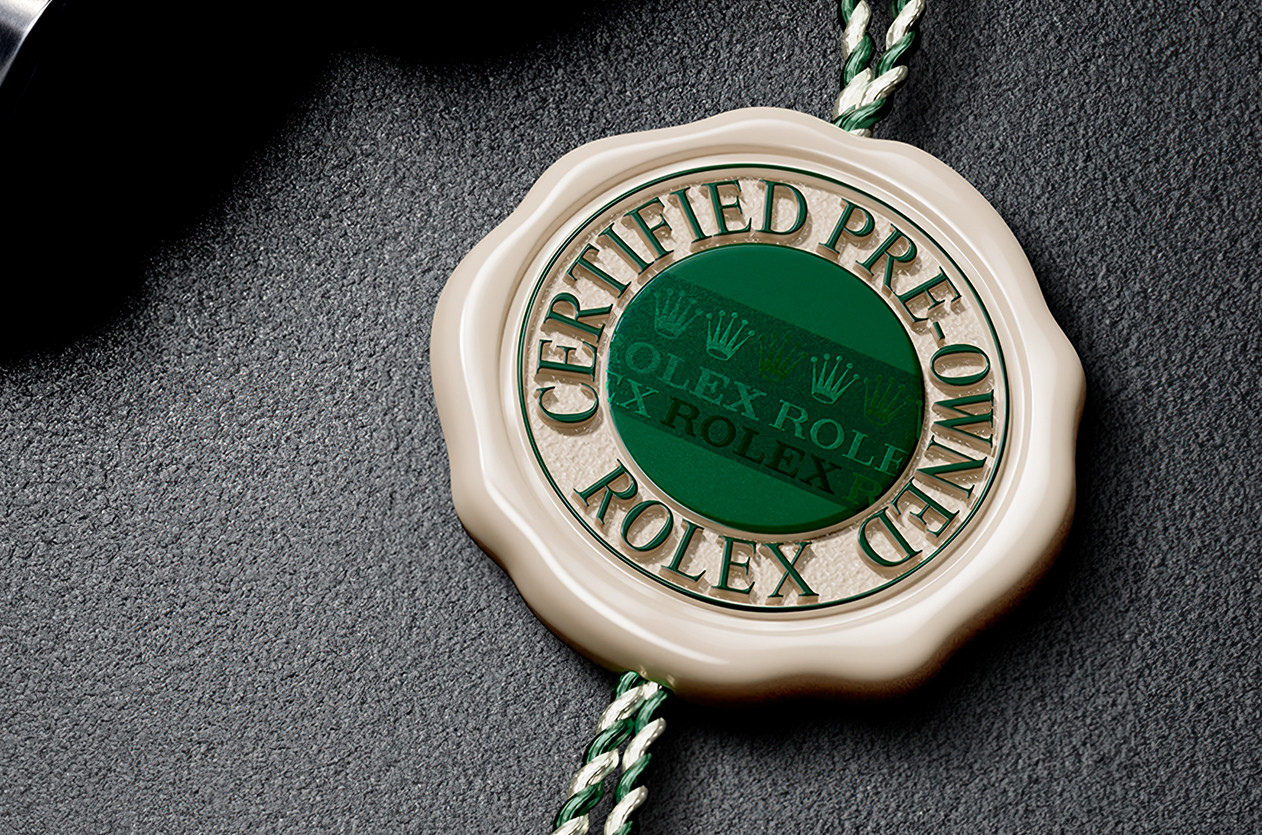
Editorial What is the reason behind the scarcity of Rolex watches in boutiques?

News Dubai Watch Week 2025 Will Be the Largest Ever with 90 Brands Participating
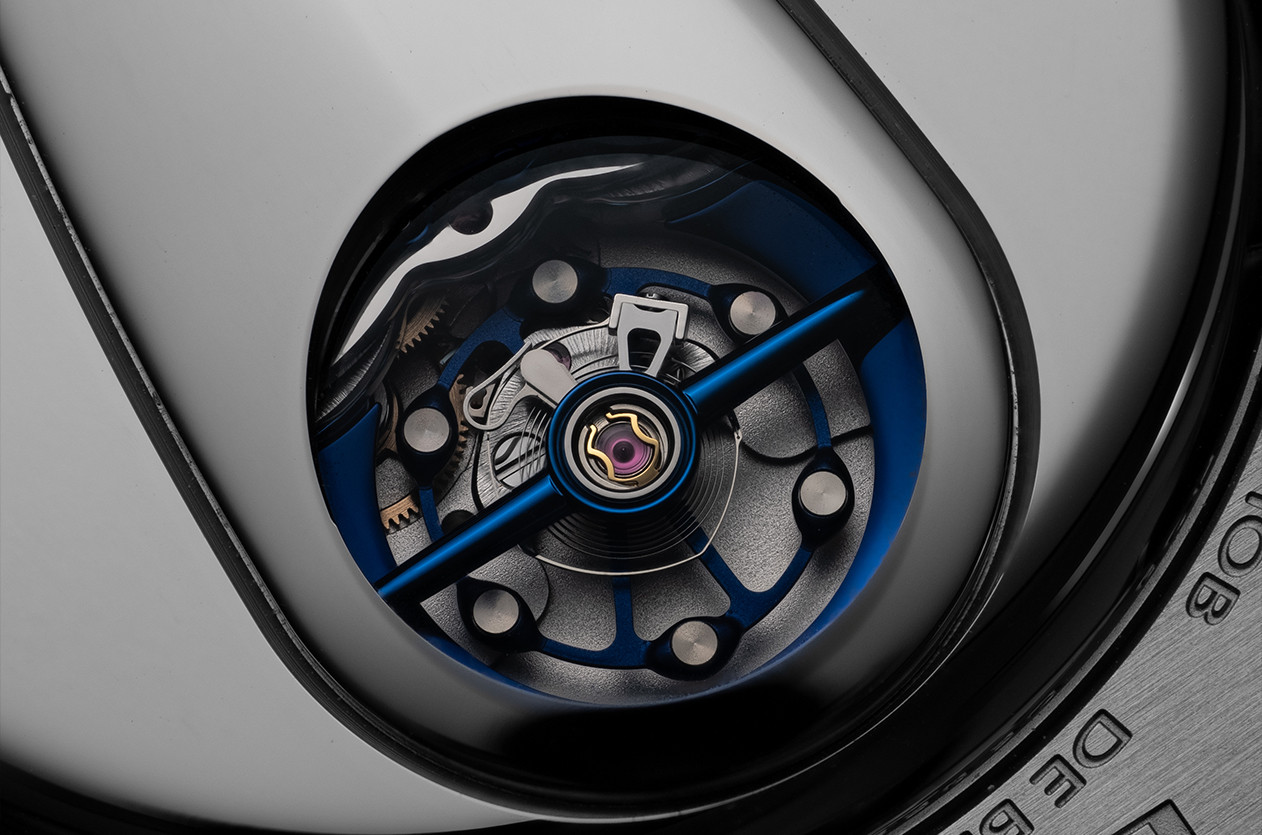
Technical The Frequency, Why It Matters in Mechanical Watches
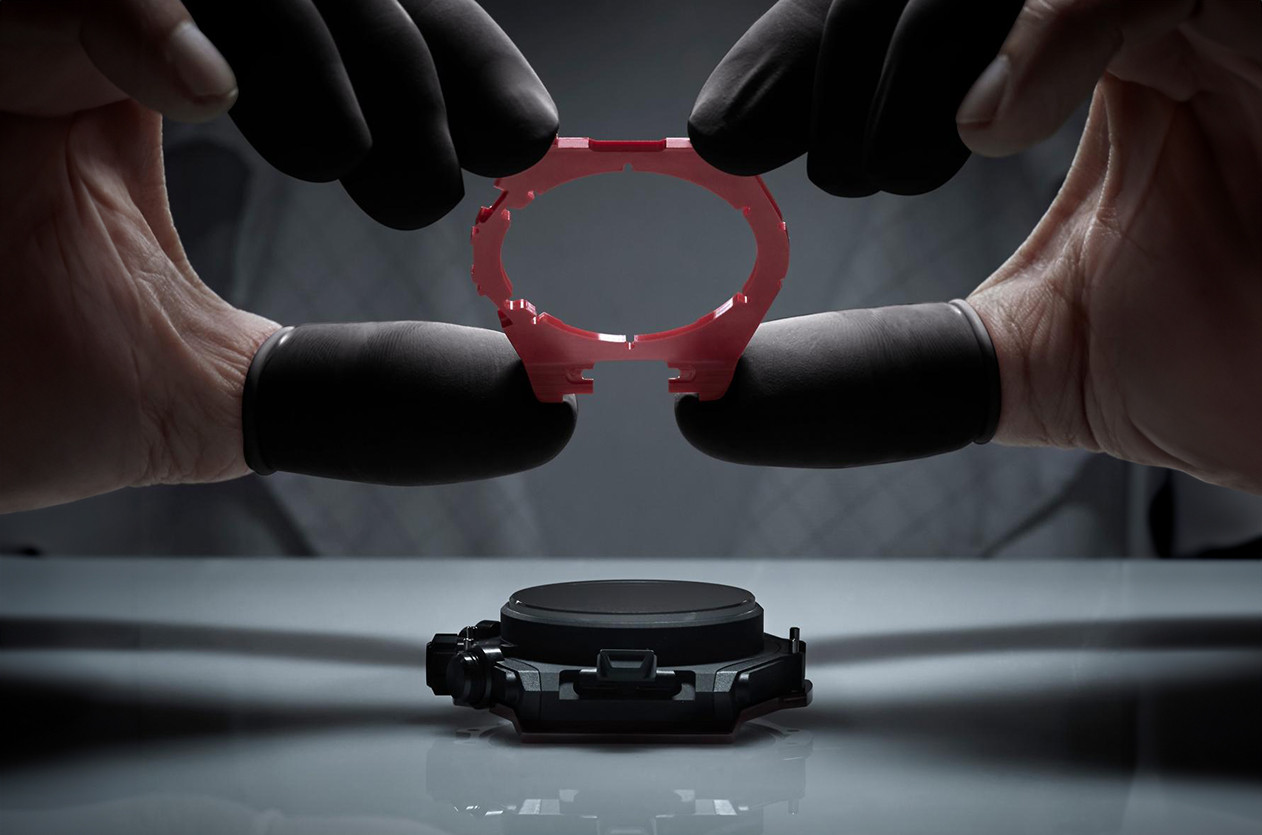
Editorial The Secrets of Watch Case Design

Editorial Abraham-Louis Breguet, The Father of Modern Horology
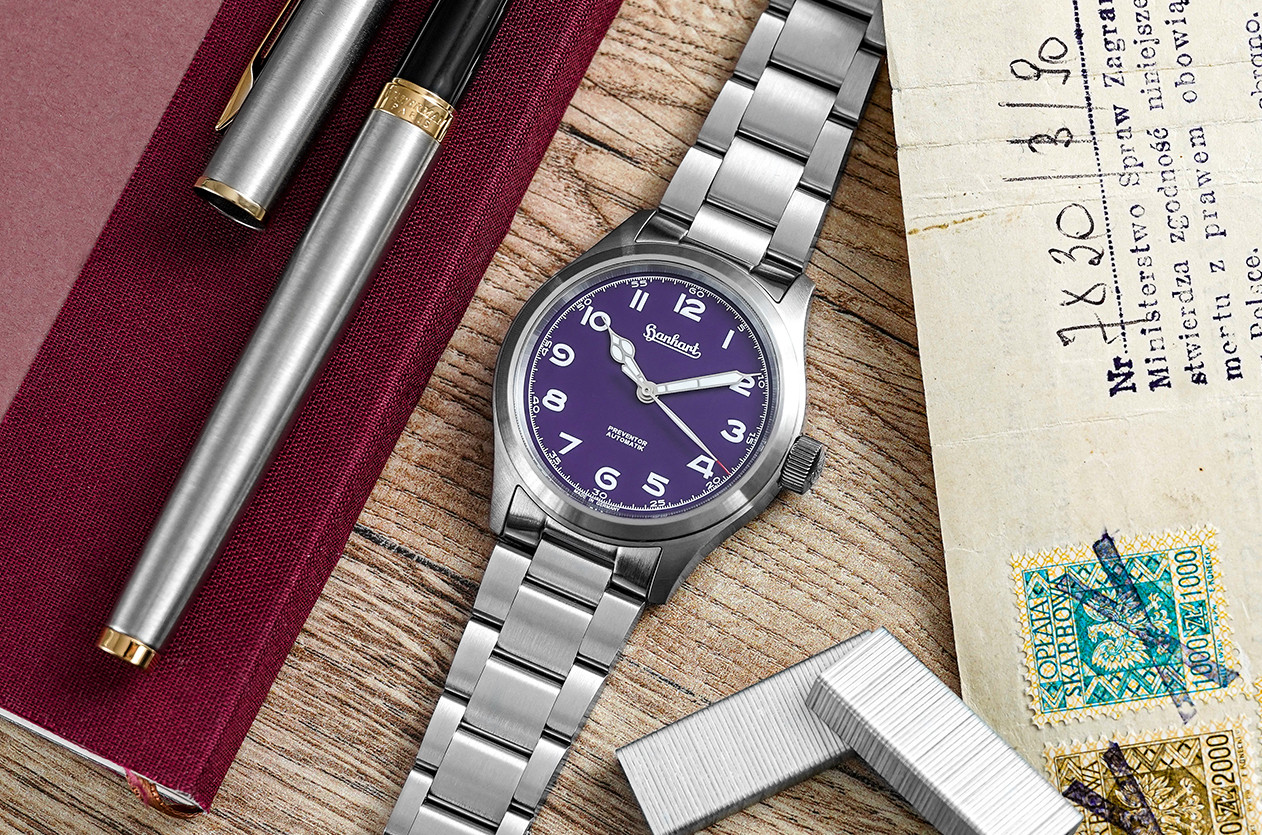
Introducing Hanhart Unveils the Limited Edition Preventor HD12 Silk Purple
Comment Delete Text
This page is available in English only. Please click below to visit Arabic Home page!